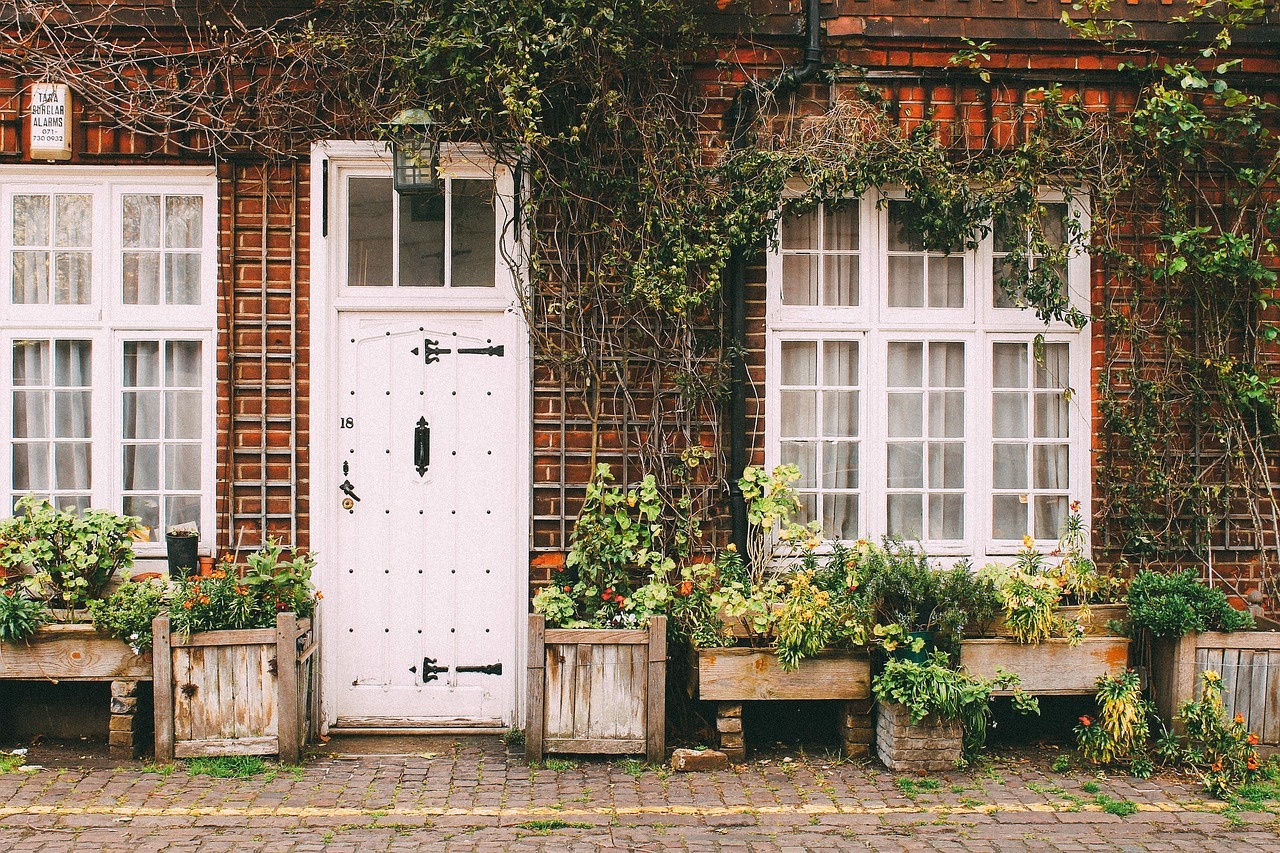In a world where environmental consciousness is increasingly becoming a priority, the concept of sustainable living extends beyond just recycling and reducing waste. It encompasses every aspect of our lives, including the spaces we inhabit. Your home can be more than just a shelter; it can be a sanctuary that harmonizes with nature while reducing your carbon footprint.
In this blog post, we’ll explore some practical tips for creating an environmentally friendly home – a sustainable sanctuary where you can live in harmony with the planet.
1. Energy-Efficient Lighting
Lighting accounts for a significant portion of a household’s energy consumption. By switching to energy-efficient LED bulbs, you can drastically reduce your electricity usage.
Additionally, consider installing motion sensors or smart lighting systems that automatically adjust the brightness based on natural light levels and occupancy. This not only saves energy but also enhances the ambiance of your home.
2. Optimize Heating and Cooling
Heating and cooling systems are major contributors to energy consumption and greenhouse gas emissions. Invest in a programmable thermostat to regulate temperature settings efficiently.
Proper insulation and sealing of windows and doors prevent heat loss in winter and keep your home cool in summer, reducing the workload on your HVAC system. Furthermore, explore renewable heating options such as solar panels or geothermal heat pumps for long-term sustainability.
3. Sustainable Materials
When renovating or constructing your home, give precedence to sustainable materials like reclaimed wood, bamboo, cork, or recycled glass. These options not only reduce environmental harm but also infuse your living area with unique character and appeal. Seek out certifications such as Forest Stewardship Council (FSC) for wood products and Cradle to Cradle for comprehensive sustainability evaluations.
Opting for eco-conscious materials aids in conserving natural resources and endorsing ethical manufacturing processes. For instance, consider the durability and eco-friendliness of a metal roof, especially with reputable metal roofing companies available in Michigan.
4. Water Conservation
Conserving water is crucial for sustainable living. Install low-flow fixtures in bathrooms and kitchens to reduce water usage without compromising functionality. Harvest rainwater for outdoor irrigation or invest in a greywater recycling system to reuse wastewater from sinks, showers, and laundry for non-potable purposes.
Landscaping with native plants that require less water and implementing drip irrigation systems further reduce water consumption and support local biodiversity.
5. Reduce, Reuse, Recycle
The mantra of sustainability – reduce, reuse, recycle – applies to every aspect of home living. Minimize waste by choosing products with minimal packaging and opting for durable, long-lasting goods over disposable ones. Repurpose old furniture or household items instead of discarding them, and donate or recycle items you no longer need.
Set up a composting system for organic waste to enrich your garden soil and divert it from landfills. Embrace a minimalist lifestyle, focusing on quality over quantity, to reduce your ecological footprint.
6. Eco-Friendly Appliances
Upgrade to energy-efficient appliances with high Energy Star ratings to lower electricity consumption and operating costs. Look for appliances with advanced features like load-sensing technology in washing machines and dishwashers, which optimize water usage based on the size of the load.
Consider investing in solar-powered or propane-fueled appliances for off-grid living or as backup options during power outages. With technological advancements, eco-friendly appliances offer sustainable solutions without compromising performance.
7. Embrace Natural Light and Ventilation
Maximize natural light and ventilation in your home to reduce the need for artificial lighting and mechanical cooling. Position windows strategically to capture sunlight and facilitate cross-ventilation for improved air circulation.
Install skylights or solar tubes in dark areas to introduce natural light without increasing energy consumption. Not only does natural light enhance mood and productivity, but it also reduces reliance on artificial lighting, contributing to energy savings and environmental preservation.
8. Green Landscaping
Transform your outdoor space into a green oasis by prioritizing native plants, which require less water and maintenance than exotic species. Create habitat-friendly gardens with diverse plantings to attract pollinators and beneficial insects, promoting ecological balance.
Use organic fertilizers and natural pest control methods to minimize chemical inputs and protect soil health. Incorporate permeable paving materials and rain gardens to manage stormwater runoff and prevent soil erosion, contributing to overall environmental sustainability.
Conclusion
Creating an environmentally friendly home is not just a trend; it’s a responsible choice that benefits both you and the planet. By implementing these tips, you can transform your living space into a sustainable sanctuary where you can live comfortably while minimizing your ecological footprint.
Whether you’re renovating an existing home or building from scratch, every choice you make contributes to a more sustainable future. Let’s embrace the journey towards eco-friendly living and create sanctuaries that nurture both people and the planet.

